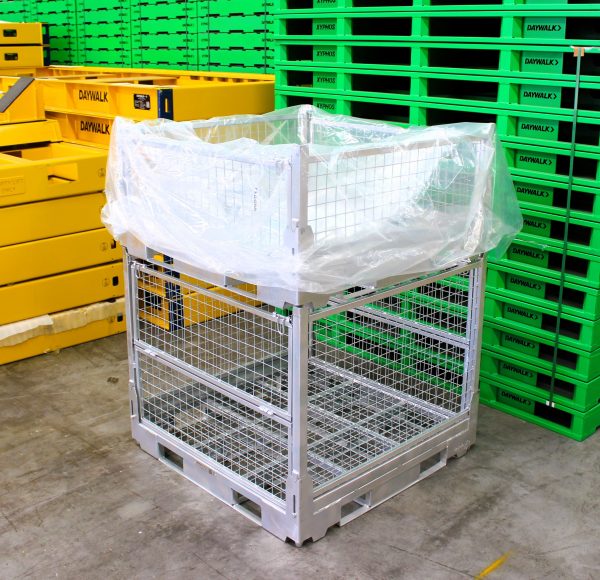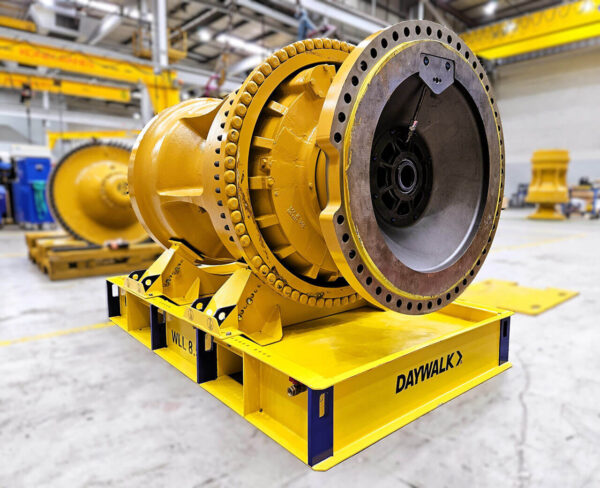Running a warehouse can take a lot of work. A responsible warehouse manager understands that they’re in charge not only with overseeing the operations of a warehouse, they’re also on task for finding ways to make processes run more smoothly and efficiently.
Below are some suggestions that aim to help in this endeavour.
INSPECT AND AUDIT YOUR INVENTORY
One big problem with warehouses is when there are too many of a particular item, like equipment spares. This is wasteful of resources, like space and finances. Accounting for a warehouse’s inventory outlines the number of items that are in circulation or service and stock. This process helps determine which items need replacement, in the case of losses and damages.
As well, canvassing the warehouse stock has the benefit of revealing how many of any given item is available at any given time. Knowing how many of what is a critical step in getting a warehouse in order.
MAKE YOUR INVENTORY EASY TO ACCESS
The next step in getting a warehouse organised is to make the inventory accessible, which is essential for warehouse supervision. Having quick access to a warehouse’s catalogue is a sign of effective organisation, which in turn simplifies auditing and utilising stock and in-service items for both warehouse managers and crew.
UTILISE THE RIGHT TOOLS FOR THE JOB
While equipment like pallets and pallet collars don’t require any specialised tools to assemble or disassemble, the same can’t be said about all other tools and equipment. It’s crucial to make sure that you use the right tools for the right equipment, especially when assembling or installing new equipment. This minimises the risk of damage to equipment, as well as lessening the need for constant maintenance.
MAKE USE OF AVAILABLE SPACE WISELY
Pallets, pallet collars, shelves, and cages are highly useful for maximising space. A warehouse’s primary resource is space, as they are primarily used for the stocking and storing of products and goods. Arranging stock doesn’t need to be creative, either – stacking goods in an orderly and organised manner can do wonders for freeing up space in a warehouse. The pallet collar, in particular, is very helpful in storage, as it can be stacked to whatever height it’s required to be. Once its functions are done, the pallet collar can be disassembled with great ease, making it a cost-effective and time-efficient tool for storage purposes.
DON’T STRESS YOUR TOOLS AND EQUIPMENT UNNECESSARILY
We have tools and equipment for a reason, and that is to use them. However, this is no reason to abuse tools and equipment. Overworking equipment could lead to them breaking down while in use, causing injury to warehouse crew, damaging goods, or any combination of the three. Have tools and equipment undergo regular inspection and maintenance. Don’t force the device or equipment to function beyond its limits, like a forklift’s load limit or a pallet’s maximum weight capacity.
DOUBLE-CHECK YOUR WORK
This is especially important with strapping or lashing of goods to pallets and other containers. Always check to see if the products are appropriately secured to their pallets, if cages are correctly locked, if the equipment is appropriately stored, and so on. It never hurts to be diligent with quality checks. If in doubt, don’t hesitate to check again.
To know more about pallet collars and other warehouse equipment, visit Omnitiff.com today.





